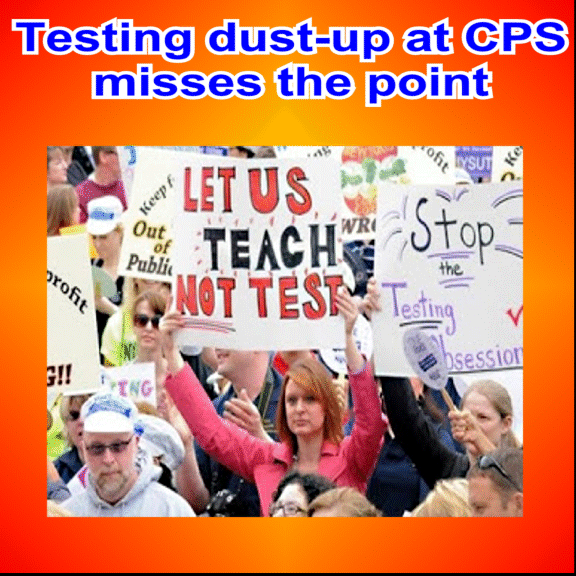Paid Lunch Equity: Guidance for School Year 20–21 - School Nutrition (CA Dept of Education)
Paid Lunch Equity: Guidance for School Year 20–21
Nutrition Services Division Management Bulletin
Purpose: Policy, Action Required, Beneficial Information
To: All School Nutrition Program Sponsors
Attention: Food Service Directors, School Business Officials
Number: SNP-10-2020
Date: February 2020
Reference: Healthy, Hunger-Free Kids Act of 2010, Section 205; Title 7, Code of Federal Regulations (7 CFR), Section 210.14(e); U.S. Department of Agriculture (USDA) 2017 Eligibility Manual for School Meals; and USDA Policy Memorandum SP 07-2020.
Subject: Paid Lunch Equity: Guidance for School Year 2020–21
This management bulletin provides school food authorities (SFA) with information from the USDA Policy Memorandum SP 07-2020 regarding guidance for the Paid Lunch Equity (PLE) requirements in Section 205 of the Healthy, Hunger‑Free Kids Act of 2010 for School Year (SY) 2020–21.
In Section 747 of Division B of the Consolidated Appropriations Act, 2019 (Public Law 116-94 [the Act]), Congress provides that only SFAs that had a negative balance in the nonprofit school food service account as of December 31, 2019, shall be required to establish prices for paid lunches according to PLE regulations.
This management bulletin provides notice that any SFA with a positive or zero balance in its nonprofit school food service account as of December 31, 2019, is exempt from PLE pricing requirements found at 7 CFR, Section 210.14(e), for SY 2020–21. However, SFAs must submit an exemption request to the California Department of Education (CDE) at the beginning of, or prior to, the start of SY 2020–21. Exemption requests must contain documentation that demonstrates the SFA had a positive or zero balance in its nonprofit school food service account as of December 31, 2019. SFAs that are exempt from PLE requirements in SY 2020–21 are able to set paid lunch prices at the price the SFA determines to be appropriate and may reduce their paid lunch prices. Since this exemption currently only applies to SY 2020–21, SFAs should consider the effect reducing prices might have if they are not exempt from PLE requirements in SY 2021–22.
Background
The USDA Food and Nutrition Service provides annual guidance and a PLE calculator tool to ensure compliance with PLE pricing requirements. Due to the complexity of PLE pricing requirements, the CDE strongly encourages SFAs to read the USDA PLE policy memos, use the USDA PLE calculation tools to comply with pricing requirements, and view the PLE training video. For further background information on PLE and to view the PLE training video, please refer to the CDE Cafeteria Fund Guidance web page at
https://www.cde.ca.gov/ls/nu/sn/cafefundguide.asp.
Filing a Paid Lunch Equity Exemption for School Year 2020–21
SY 2020–21 with the subject line, PLE Exemption for SY 2020–21 and must include the following:
- SFA name and the Child Nutrition Information and Payment System identification number.
- A record of a positive or zero balance in the nonprofit school food service account as of December 31, 2019.
This documentation may include any financial statement or accounting report for the period ending December 31, 2019 (e.g., trial balance, income statement, or cash flow statement). Attach the document(s) and identify the balance on December 31, 2019. Provide a brief explanation describing the positive balance in the nonprofit food service account for the period ending December 31, 2019.
- Name, title, phone number, and email address of the person submitting the PLE exemption request.
- Statement from the SFA that they agree to cover costs with allowable nonfederal funds if the balance is in the negative for SY 2020–21.
Upon verification of a positive or zero account balance in the SFA’s nonprofit school food service account, the CDE will send a confirmation email to the SFA for the PLE exemption for SY 2020–21.
Contact Information
If you have any questions regarding this subject, please contact the CDE Nutrition Services Division Resource Management Unit by email at
snpcafefundquestions@cde.ca.gov.
Questions: Nutrition Services Division | 800-952-5609
Paid Lunch Equity: Guidance for School Year 20–21 - School Nutrition (CA Dept of Education)


























